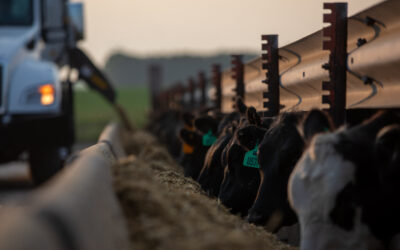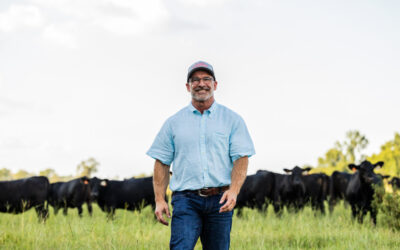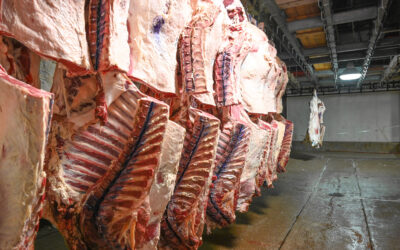
It’s not about size
June 27, 2011
I grew up near a small town. (There are about 300 folks in the unincorporated village of East Chain, MN.)
I went to a small country church. (I got to play Mary several years in a row for our Christmas program, since I was the only girl in the right age range.) And I went to a small, consolidated school district where I graduated with 22 people.
In some sense, I guess this philosophy that smaller is better was sort of ingrained in me from an early age and I think many of our rural readers could identify with that.
So sometimes it’s hard to keep it in perspective. Much of the time it’s not about size, but quality. Sometimes it’s about the experience. It’s about the people involved. It’s about opportunities.
All of those things have little to do with size or shape, and that’s why I feel compelled to set the record straight on this little rumor that floats around our industry:
Myth—Large feedlots are just commodity focused. They are too big to care about quality.
Fact—I’ve visited small “farmer feedlots,” large company owned yards and everything in between, and I’ve found that the management and crew dictate the feeding philosophy much more than their capacity.
Our CAB-licensed feedlot partners vary a great deal in size, ranging from about 500 to 50,000-head capacities, but they all share a focus on procuring and managing quality cattle. That’s why they align with our company in the first place.
But there are many,of all different sizes,outside of that network who know that sustained profitability is tied to pleasing the consumer.
At our Feeding Quality Forum last fall, Tom Brink told the audience that Five Rivers Cattle Feeding, which annually markets up to 2 million finished cattle per year, believes that very thing.
“The topic of quality cattle is always relevant, because the commodity business simply doesn’t pay that well. We have worked for a lot of years in this industry to differentiate our product and have the opportunity to capture additional value,” he said.
And in this video, Tom Fanning, who manages Buffalo Feeders—a past CAB Large Feedlot Partner of the Year—says you can’t judge a feedyard on size.
May your bottom line be filled with black ink,
-Miranda
You may also like
Big Shifts in Quality Grades
The 2025 quality grade trend tracked the USDA Prime grade a full percentage point higher than the prior year through August, averaging 11.5%. Since then, the Prime grade trend has defied seasonal expectations, normally setting a course toward a fall low in both Choice and Prime grade percentages.
Smitty’s Service on CAB Board
Lamb continues to find himself struck by just how far-reaching the Angus breed has become. The brand’s growing demand and rising prime carcasses left a strong impression. He hopes everyone recognizes the vital connection built between consumers and Angus producers. Humbled by the opportunity to serve, Lamb reflects on his time as chairman with gratitude.
Tracking Premiums to the Source
Certified Angus Beef faced the same challenges in the formative years, as the first branded beef label set out to garner specification-based premiums in a market where none existed. Now in its 47th year, the brand has successfully carved out premiums over commodity USDA Choice from end to end of the carcass.



